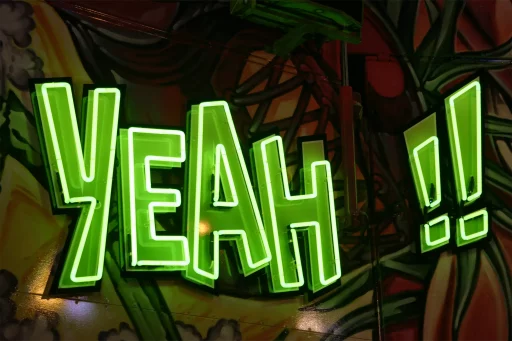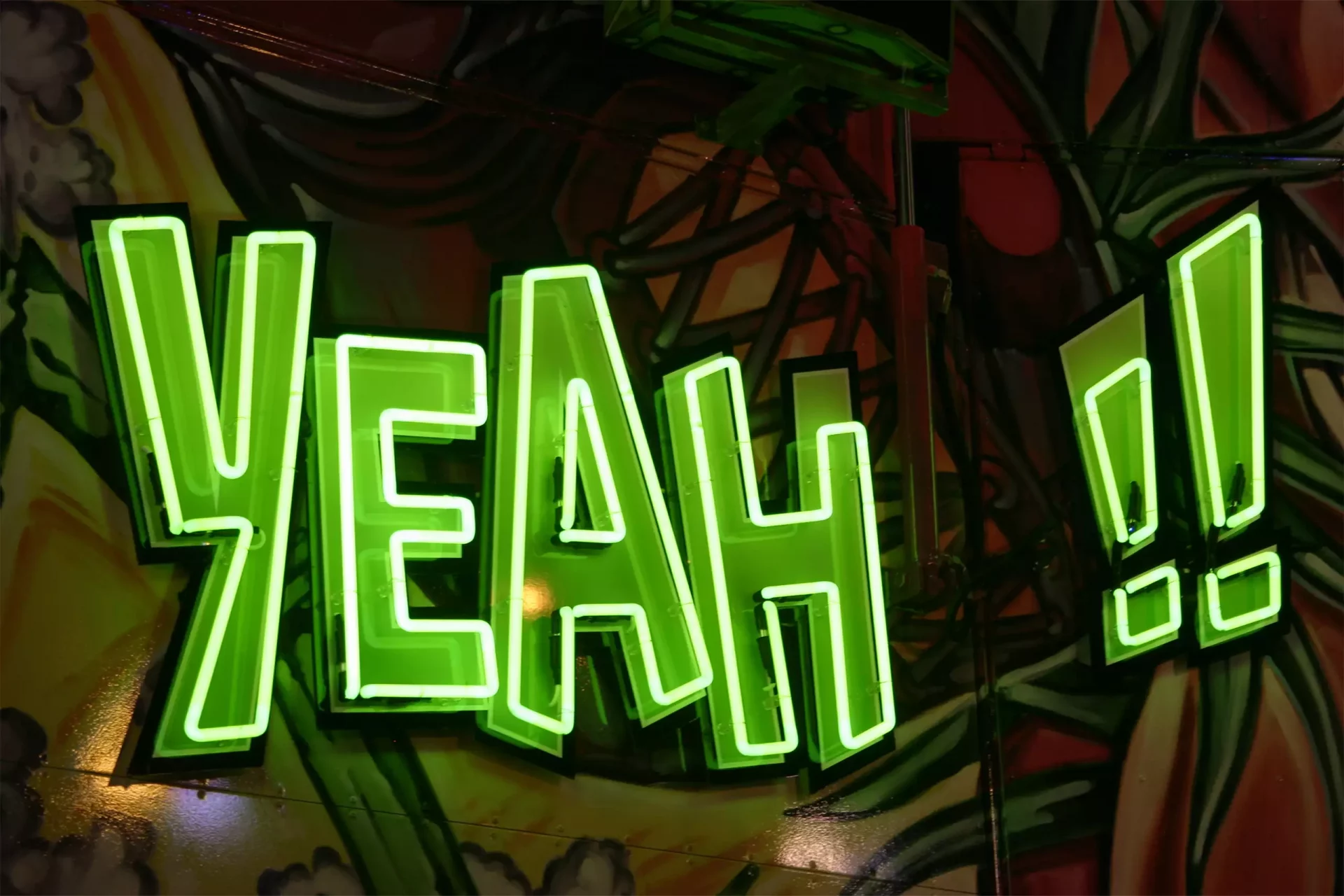Understanding Chilean Slang
Chilean slang is a vibrant and dynamic aspect of the Spanish language spoken in Chile. It is rich in character and reflects the country’s unique cultural identity. Understanding Chilean slang is important for those who wish to connect more meaningfully with Chileans, whether for travel, business, or cultural exchange.
The Importance of Slang in Language
Slang serves as a marker of identity and camaraderie among speakers. It can be a way to establish social groups, express creativity, or even play with language. In Chile, slang not only encapsulates local culture but also showcases the country’s historical influences.
Common Chilean Slang Expressions
To grasp the essence of Chilean slang, here are some popular expressions often heard in daily conversation:
- Po: A filler word that adds emphasis, often used at the end of a sentence. For example, “Sí, po!” translates to “Yes, of course!”
- Cachai? Means “Do you understand?” It’s commonly used and is derived from ‘catch’ in English.
- Wena(o): A friendly greeting equivalent to “cool” or “nice”. For example, “¡Wena, cabros!” means “Hey, guys!”
- La raja: This phrase means “awesome” or “the best”. You might hear, “Esa película es la raja!” meaning “That movie is awesome!”
- Jote: Refers to a person who flirts shamelessly, often seen as desperate. “Ese tipo es un jote” translates to “That guy is a creep.”
Regional Variations in Chilean Slang
The geographical diversity of Chile contributes to various regional slang terms. For instance, terms used in the northern regions might differ significantly from those in the southern parts. This adds layers to the language:
- Al tiro: Popular in the central region, meaning “right away” or “immediately.”
- Fome: Used to describe something boring or dull, prevalent throughout the country.
- Gamba: A term for a 100-peso bill, often used informally.
- Antipático(a): Refers to someone unfriendly or rude, commonly used across various regions.
Case Study: Chilean Slang in Pop Culture
Chilean slang has permeated popular culture, evident in music, television, and social media. A notable example is the viral success of the YouTube series, “Los 80,” which highlights life in 1980s Chile, filled with slang that resonates with both older and younger generations. Another example is the influence of reggaeton and trap music, where artists often incorporate slang in their lyrics, enhancing its reach and adaptability.
Statistics on Language Adoption
According to a recent study by the Instituto Nacional de Estadísticas (INE), over 70% of Chileans regularly use slang in their conversations. The study also showcased that young people, specifically those ages 18-24, use slang more liberally, with 87% reporting using slang to connect with their peers.
The Future of Chilean Slang
As globalization continues to influence language, new slang terms emerge, often influenced by trends in technology and media. For example, many younger Chileans are incorporating English terms and phrases into their conversations, creating a hybrid form of communication that reflects global culture while retaining local identity.
Conclusion
Chilean slang is more than just a set of informal expressions; it is a mirror of the social fabric and cultural identity of Chile. By understanding and embracing this unique linguistic style, one can forge deeper connections within the community, whether it be through friendship, work, or travel. The evolution of this slang hints at the ongoing narrative of language, culture, and society in Chile, which will undoubtedly continue to change in the years to come.


